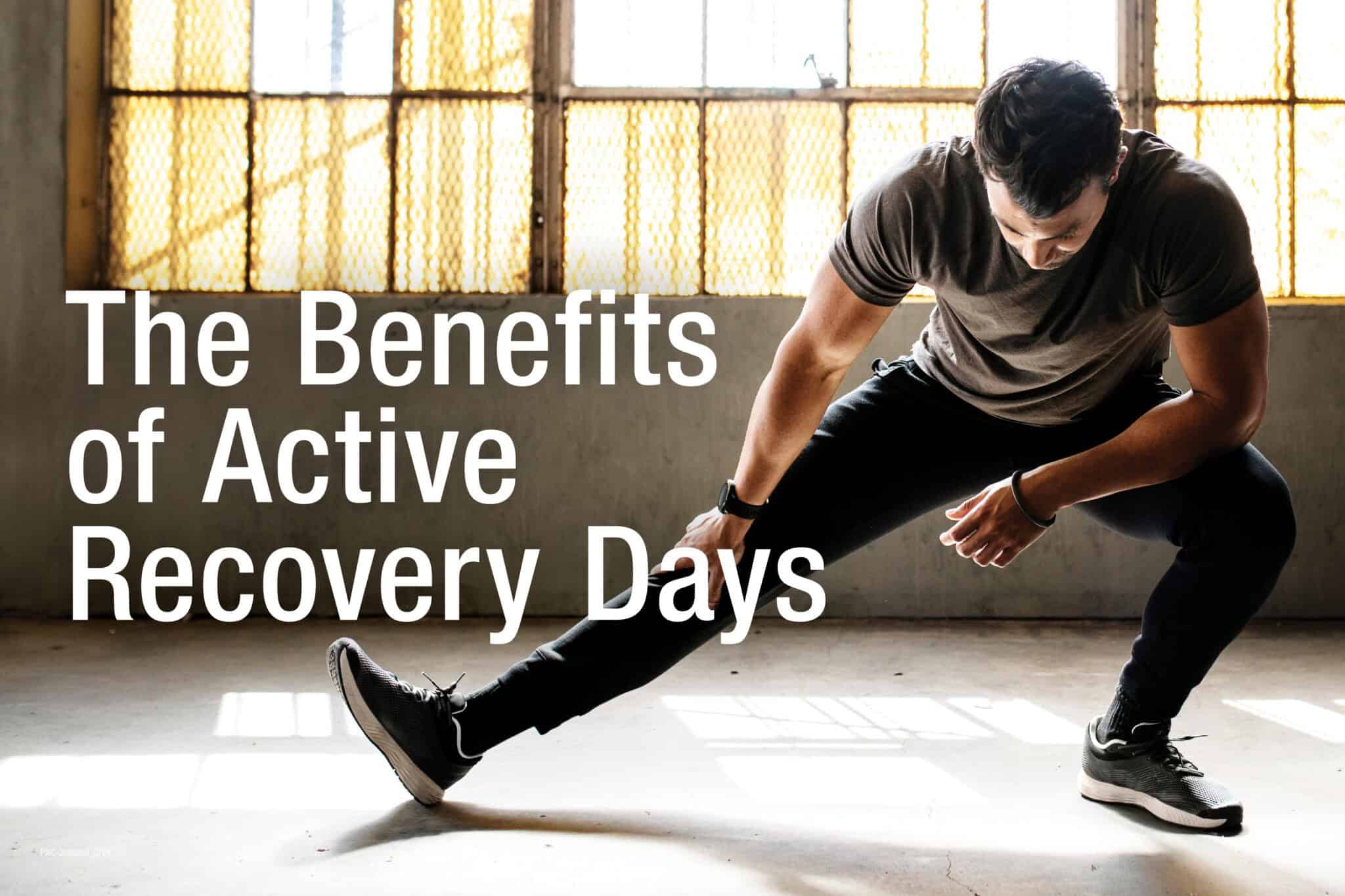Do you ever find yourself shifting in your chair, trying to find a comfortable position, only to realize that the pain in your hips won’t go away? You’re not alone. Many of us spend long periods sitting at desks, in cars, or on couches, and the constant pressure on our hips can lead to pain and discomfort. But what is causing us to experience hip pain, and what can we do about it?
We will take a deep dive into the world of hip pain when sitting and explore the causes, symptoms, and treatment options available to help alleviate your pain and improve your quality of life.
What a pain the...HIPS!
When we sit down for long periods, our hips bear the brunt of it all. The constant pressure and lack of movement from too much sitting can lead to pain and discomfort, leaving us searching for answers. So, what are the possible causes of hip pain from sitting?
Osteoarthritis
One common cause is hip osteoarthritis. This degenerative joint condition occurs when the cartilage that cushions the joints begins to wear down, causing hip pain and stiffness. As we age, the likelihood of developing osteoarthritis increases, making it a common ailment among older adults.
Bursitis
Another cause is hip bursitis, an inflammation of the fluid-filled sacs that cushion the hip joints. These bursae can become inflamed due to overuse or injury, leading to hip pain, particularly when sitting.
Tendonitis (Tendinitis)
Tendonitis, an inflammation of the tendons that connect muscle to hip bone, can also cause hip pain. Repetitive motions or overuse can lead to tendonitis, which can cause pain and stiffness in the hips, making sitting uncomfortable.
Sciatica
Sciatica, a condition caused by compression of the sciatic nerve, is another cause of hip pain. This nerve runs from the lower back down to the legs and, when compressed, can cause pain and numbness in the hips and legs, particularly when sitting.
Femoroacetabular impingement (FAI)
FAI is a condition in which abnormal contact between the femur and acetabulum (hip joint) can lead to pain and stiffness in the hip, particularly when sitting.
Muscle imbalances
Sitting for prolonged periods can lead to certain muscles becoming tight and weak, leading to imbalances that can cause pain in the hips.
Sedentary lifestyle
A sedentary lifestyle can lead to poor posture, muscle weakness, and decreased physical activity, leading to hip pain.
It’s important to note that these are just some possible causes of hip pain from sitting and that a proper diagnosis is required to identify the specific cause. A physical therapist or doctor can help you identify the underlying cause and recommend the best treatment options.
How to alleviate hip pain

Sitting all day can take a toll on our bodies, particularly our hips. The constant pressure and lack of movement can lead to pain and discomfort, leaving us searching for ways to alleviate the pain. But don’t worry; there are ways to alleviate hip pain caused by sitting all day.
Physical Therapy
Physical therapy can be a powerful tool in the fight against hip pain when sitting. It is a holistic approach that addresses not only the symptoms but also the underlying causes of pain. A physical therapist will work with you to understand your unique needs and create a personalized hip pain treatment plan for your specific condition.
One of the first things a physical therapist will do is perform a thorough evaluation of your hips. This will include assessing range of motion, strength, and flexibility. They will also look for any signs of inflammation or injury. Once a diagnosis is made, the therapist will work with you to develop a treatment plan that addresses your specific needs. This plan may include exercise, stretching,
Exercise

One of the most effective ways physical therapy can alleviate hip pain caused by sitting all day is through exercise. A physical therapist can design an individualized exercise plan that will help to strengthen the hip muscles, improve flexibility and range of motion, and reduce pain. Targeted exercises, such as gluteal bridges, hamstring stretches, and clamshells, can help to alleviate pain and improve overall hip health.
Stretching

Stretching is a fundamental aspect of physical therapy and an essential tool in the fight against pain in the hips. When the muscles in the hips become tight and inflexible, it can lead to pain and discomfort. Stretching can help to alleviate this pain by increasing flexibility and reducing muscle tension.
One of the most effective stretching exercises for hip pain is the hip flexor stretch. This stretch targets the muscles that run from the top of the thigh to the lower back, which can become tight from prolonged sitting.
Another effective hip stretch is the piriformis stretch. The piriformis muscles run from the lower back to the top of the thigh and can become tight, leading to hip and lower back pain.
The IT band stretch is also an effective way to alleviate hip pain. The IT band is a band of connective tissue that runs from the hip to the knee and can become tight, leading to pain in the hip and knee.
By targeting tight muscles, hip stretches can help to increase flexibility, reduce muscle tension, and alleviate pain. Regular stretching can also help to prevent future pain and improve overall hip health.
Posture
Proper posture is also important in alleviating hip pain caused by sitting all day. Proper posture is crucial when it comes to preventing and alleviating pain in the hips. How we sit, stand, and move can have a big impact on the health of our hips, and poor posture can lead to pain and discomfort.
When sitting
Keep the hips level and the lower back supported. This can be achieved by using a chair with good lumbar support and adjusting it so that the hips are level with the knees. It’s also important to avoid crossing the legs, as this can put extra pressure on the hips and lead to pain.
When standing
Keep the hips level, the shoulders back, and the head up. This helps to distribute weight evenly and reduce the strain on the hips. When walking or running, it’s important to keep the hips level, and the feet pointed straight ahead. This will help reduce the risk of injury and alleviate hip pain.
When sleeping
Yes, you can still be hurting your hips in your sleep. Poor sleep posture can cause pain and discomfort while sleeping and awake. Sleeping on your back with a pillow under your knees can help to reduce strain on the hips and alleviate pain. Sleeping on your side with a pillow between your legs can also help to reduce pressure on the hips.
Physical therapy can also help to improve posture by strengthening the muscles that support the hips and lower back. This can include strengthening the core, glutes, and lower back exercises. Additionally, a physical therapist can guide how to perform daily activities in a way that promotes good posture and helps to alleviate pain in the hips.
In conclusion, proper posture is an essential aspect of physical therapy and can be a powerful tool in the fight against pain in the hips. Maintaining good posture can reduce the strain on the hips, alleviate pain, and improve overall hip health. However, it’s always best to consult a physical therapist or healthcare professional for personalized guidance and advice.
https://www.youtube.com/watch?v=d9VST2WKp9c (link to posture video- need image)
Heat and Ice Therapy
Heat and cold therapy are two simple yet effective techniques that can be used to alleviate pain in the hips. These therapies can be used separately or in combination, depending on the specific condition and the individual’s needs.
Heat therapy is often used to help relax muscles and improve blood flow to the affected area, which can help reduce pain and stiffness in the hips. Heat therapy can be applied in several ways, such as using a heating pad, taking a warm bath or shower, or using a heat wrap.
On the other hand, cold therapy can help reduce inflammation and numb pain in the hips. Cold therapy can be applied in several ways, such as ice packs, cold compresses, or cold gel packs.
Manual Therapy

Manual therapy is a form of physical therapy that involves using hands-on techniques to alleviate pain and improve function in the body. When it comes to hip pain, manual therapy can be a powerful tool in helping to alleviate pain and improve overall hip health.
One of the most common forms of manual therapy used to alleviate hip pain is massage. Massage therapy can help to relax muscles and improve blood flow to the affected area, which can help to reduce pain and stiffness in the hips. Massage can also help to release muscle tension, which can help to improve the range of motion in the hips.
Another form of manual therapy that can be used to alleviate hip pain is joint mobilization. Joint mobilization is a technique that involves applying a gentle force to a joint to move it through its full range of motion. This can help to improve flexibility and reduce pain in the hips.
Manual therapy can also include specific techniques such as soft tissue mobilization, myofascial release, and trigger point therapy. All these techniques are designed to help alleviate pain, reduce muscle tension and improve overall hip health.
Bottom Line
Experiencing hip pain when sitting is a common issue many people suffer from, and understanding the causes of hip pain while sitting is the first step in effectively managing it. Physical therapy offers a range of effective treatment options, including exercises to improve strength, flexibility, and stability, manual therapy to reduce muscle tension, and heat and cold therapy to reduce inflammation and address posture. By working with a physical therapist, you can create a personalized treatment plan that addresses your specific needs and helps you to achieve your goals. Remember, pain is not a normal part of life, and with the proper treatment, it is possible to live a pain-free life.
So, don’t hesitate to contact us today if you’re experiencing hip pain while sitting. Let us help you take the first step towards a healthier and more active lifestyle.


